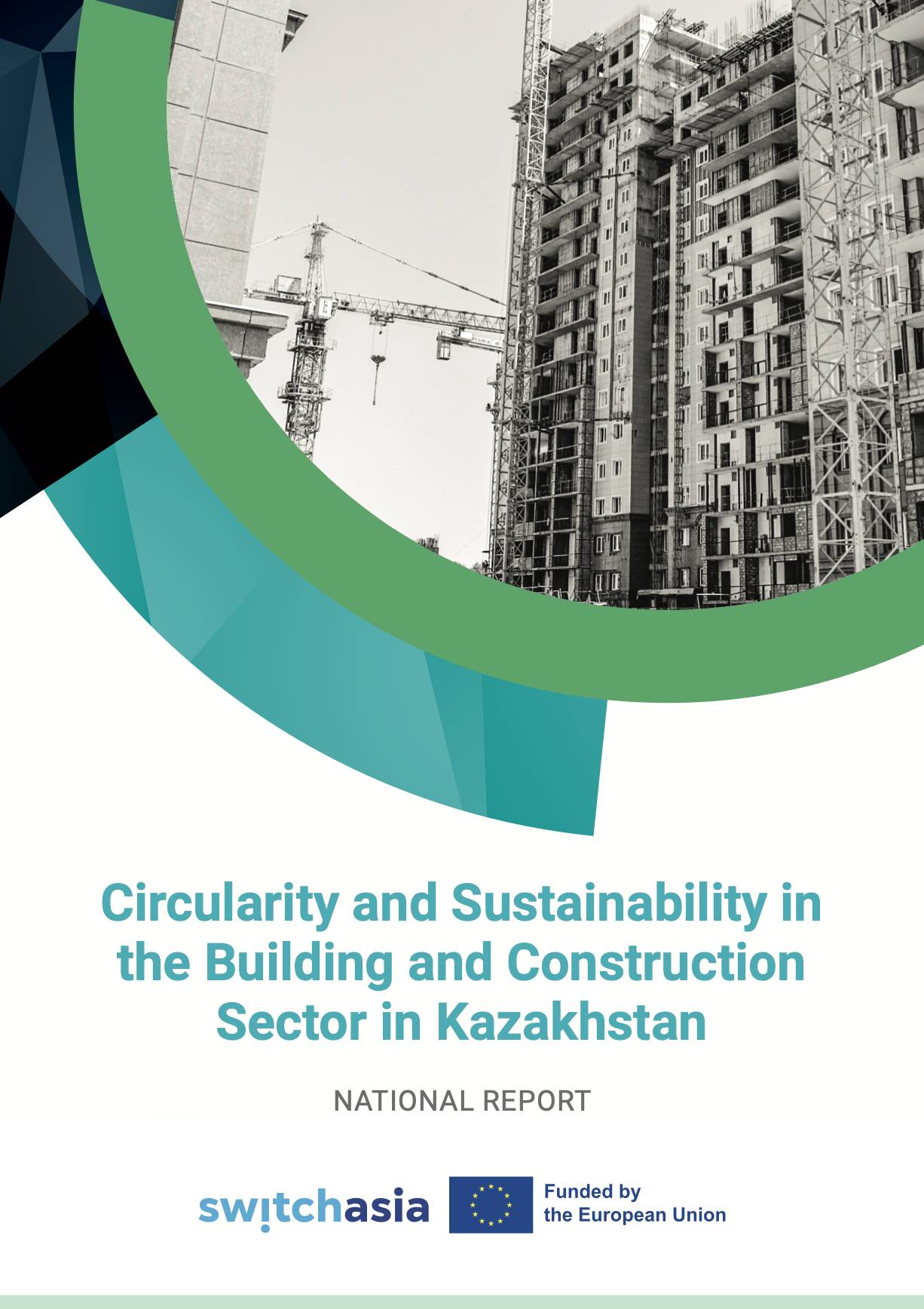
Locations: Bangladesh, China, Kazakhstan, Mongolia, and Pakistan
Themes: Building and Construction
The Challenge
The buildings and construction sector plays an important role in enabling sustainable living within planetary boundaries. This sector is a major consumer of resources, making it a primary driver of raw material extraction and processing. It also consumes a significant portion of global energy, much of which is derived from non-renewable sources. Governments can catalyze change through legislation, setting in motion a market transformation in the building sector that necessitates dynamic interactions between governmental and private sector stakeholders.
Objectives
The objective of this SWITCH-Asia Policy Support Component technical advisory project is to create momentum for integrating sustainable consumption and production (SCP) and circular economy principles into practical approaches for key stakeholders, particularly governments, in the buildings and construction sector.
- Expert project teams in Bangladesh, China, Kazakhstan, Mongolia, and Pakistan will review the six stages of the construction/buildings lifecycle and select cases for circularity.
- Country-specific targets will be identified (covering materials, processes, and consumption patterns) to align the practices of the construction sector with the circular economy, providing targeted advisory support.
- Engagement will be initiated with sector leads from various stakeholder groups, particularly the private sector.
- Pilot programmes will be developed, explored further, and validated with input from governments, businesses, and citizens.
Way Forward
By addressing both the technical aspects (materials, processes, and energy) and social considerations (lifestyle/consumption, community), this SWITCH-Asia PSC technical advisory aims to integrate sustainable practices into the sector. This approach seeks to respect the planet's safe operating space while establishing an inclusive environment where people can thrive. When government actors, financiers, companies, and developers align their objectives—whether it be energy efficiency, sustainable materials, or green design—the sector will be better positioned to transition from its current linear paradigm to one of circularity.




